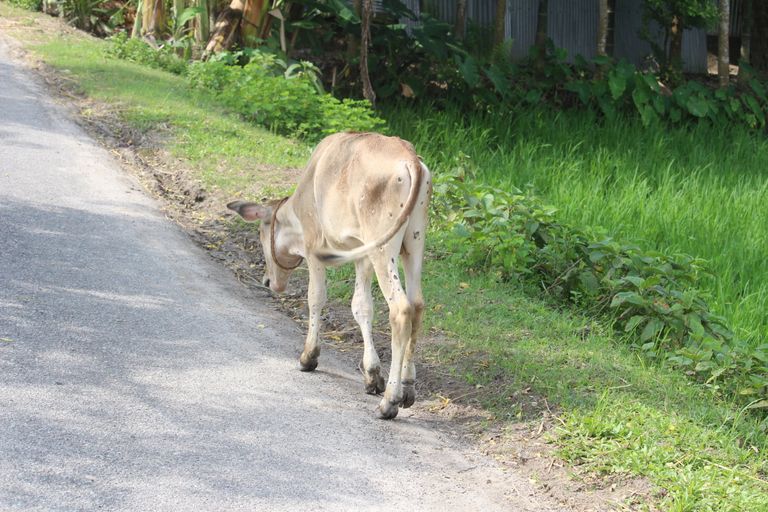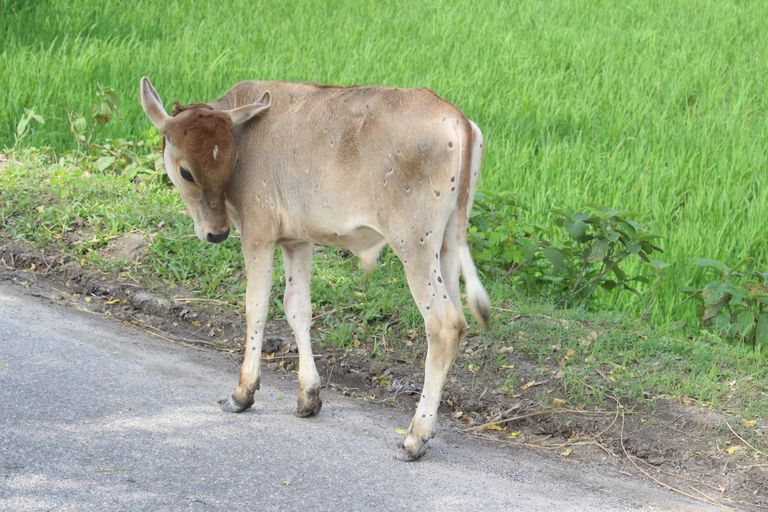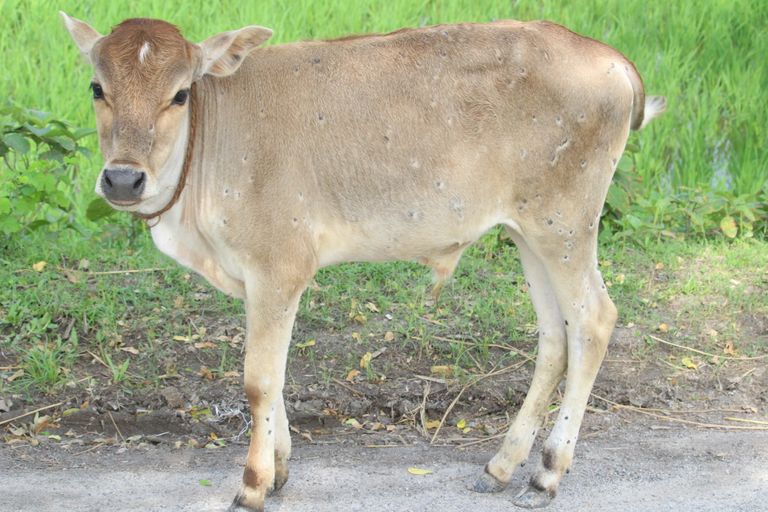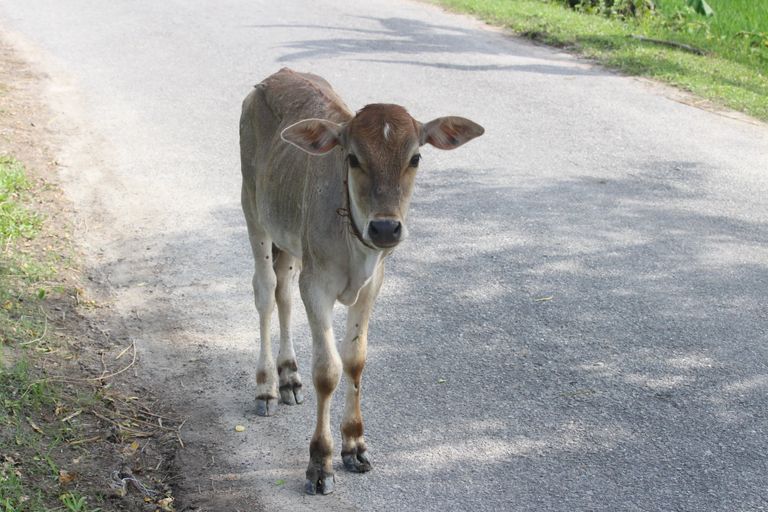1) Crossbred cows can adapt well to the climate of this country. But some foreign breeds that produce more milk - Holstein Friesian, Ayrshire they get sick in our climate, milk production also decreases. As a result the farmers are affected. There is no such problem in case of crossbred cows.
2) Cows with disease resistance are more profitable for farmers. Because they can produce more milk and the cost of treatment is relatively less. Holstein Friesian, Ayrshire, Jersey cows produce more milk but have relatively less disease resistance. Hybrids do not have this problem. As a result, the farmer's cost of disease prevention is also reduced.
3) Most of the improved breeds of cows are not suitable for the climate of this country. In addition, due to the high price of the pure breed cows of this subcontinent, it is not possible for the small farmers to add those cows to the farm most of the time. By hybridization, the production characteristics of those improved varieties are available to small farmers.
4) Milk production capacity of indigenous breeds of cows and even calves is relatively low. Community hybridization therefore results in improved versions of native breeds; Whose milk and calf production capacity is relatively high. As a result, farmers benefit more.
5) Breeding crossbred cows cost farmers the same as domestic cows. But the production capacity of hybrid cows is also much higher than that of native cows. Again, the trouble of feeding is relatively less. Hence, hybrid cows are more profitable in the context of this country.

Camera Details:
| Device | Lense | ISO |
|---|---|---|
| Canon EOS 700D | f/5.0 84.0mm | Random |
Contact Informations:
Youtube Channel
Dtube
You Can Also Knock for Your Graphics Related Works
Your comments,criticism and votes are highly appreciated.





